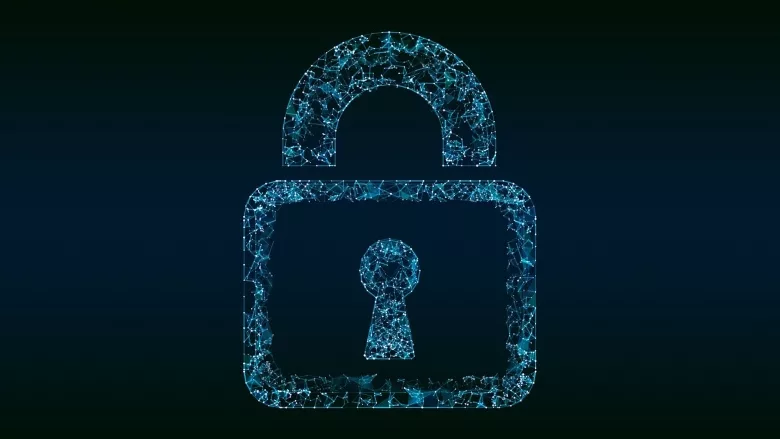Cybersecurity Education & Training
8 best practices to improve cybersecurity program performance

Image via Pixabay
Amidst an ever-evolving cyber threat landscape, an organization's C-suite and board of directors must prioritize security as a core business objective. Understanding the value of cybersecurity and how it affects business performance is necessary at a time when public trust is vital and cyber breach headlines are at an all-time high.
As the risk landscape becomes considerably more complex, many businesses are still unprepared for the future. At many companies, resources are not expanding as quickly as cyber risks, and cybersecurity efforts are not keeping up with the digital transformation. The average number of attacks rose by 15.1% between 2021 and 2022, while the number of material breaches rose by 24.5%. Organizations also likely overlooked some attacks and neglected to disclose them, which would cause these figures to be understated.
Breaches carry many long-term consequences. One study found that the most significant consequence was reputational damage, followed by business disruption and the cost of the breach response. The organizations with the most significant breaches identified human error, misconfigurations, unknown assets, and poor cyber hygiene as the top four causes.
So, what are the best actions organizations can take to manage and mitigate risk in an era of growing threats and limited resources? Which investments in people, processes and technology are the most successful? Let’s explore.
Modern cybersecurity requires a layered approach to combat the constant evolution of threat actors’ tactics. This is why a prioritization strategy is so important. Companies must first evaluate the cyber risks they currently or are likely to face and then rank the critical assets in importance. Then, the next step is to implement the best cybersecurity practices to meaningfully address these risks.
Here are eight best practices to consider when seeking to reduce the likelihood of incidents and material breaches, or shorten the time to detect, respond to and mitigate an attack.
1. Increasing the level of cybersecurity maturity
When it comes to important metrics like the number of material breaches, the time it takes to notice a breach, and the time it takes to mitigate, organizations that have mastered the National Institute of Standards and Technology (NIST) cybersecurity framework perform better than others. They also tend to outsource other areas less, such as threat intelligence, firewall management, and risk assessment, since they have built their own internal team for these activities that collaborate across risk and security functions.
2. Ensuring that cybersecurity budgets are sufficient
With enterprises ramping up their security operations and the need for more investment in cybersecurity continuing to grow, the most challenging obstacle is often an inadequate budget. Organizations must persuade boards and CEOs to make that investment to achieve a better balance between digital growth and safety. While the lack of prioritizing cyber risk is expected to diminish over the next two years as boards and CEOs prepare for escalating threats, it's not likely to go away completely. This is particularly challenging for organizations experiencing rapid growth since they often move quickly to adopt new technology, take advantage of emerging digital market opportunities, and aren’t always stopping to effectively implement cybersecurity measures.
3. Making cybersecurity people-centric
Humans and technology both play a significant role in cybersecurity. When businesses add a human layer of protection, cultivate a culture attentive to cybersecurity risks, offer more efficient training, and establish clear procedures for hiring and retaining cyber staff, they experience fewer breaches and quicker response times.
4. Utilize cutting-edge technology while limiting the number of products
Organizations that have never experienced a breach invest in various technologies, from the fundamentals like email security and identity management to more specialized options like cloud access security brokers, cyber risk models and SIEMs. Security leaders are more likely to adopt a multi-layered, multi-vendor strategy to monitor and manage risks through a robust infrastructure effectively.
5. Securing the supply chain
A report stated that 44% of companies using suppliers are more frequently exposed to significant cybersecurity concerns. Top performers in supply chain security are much more advanced in terms of time to identify, respond and mitigate. For instance, the same report also noted over half of organizations with great times to detect are more advanced in supply chain security.
6. Protecting connected IT and OT assets
Organizations’ attack surfaces are growing due to the fusion of the physical and digital worlds. However, fewer significant breaches and quicker detection and response times occur in organizations that emphasize protecting interconnected IT and OT assets.
7. Utilizing intelligent automation
AI and machine learning combined with automation helps CISOs achieve their goals while freeing up staff from mundane tasks. And the importance of automation is only increasing. In the cybersecurity industry, there is fierce competition for talent, and automation can fill in the gaps when organizations don't have access to the staff they need. Automation also aids in retaining talent because people can avoid working on lower-level activities, making work less tedious.
8. Doing more to measure performance
Currently, only four to five metrics are being tracked by organizations. Fewer incidents and material breaches occur for security executives and executive teams that are more diligent, meaning they monitor six or more metrics. They also react to attacks more quickly.
Undoubtedly one of the fastest-growing crimes is cybercrime, which continues to affect companies across all industries. Therefore, organizations must know the ins and outs of their cybersecurity posture. By following these best practices, they mitigate the potential for their name to end up in the headlines.
Looking for a reprint of this article?
From high-res PDFs to custom plaques, order your copy today!








